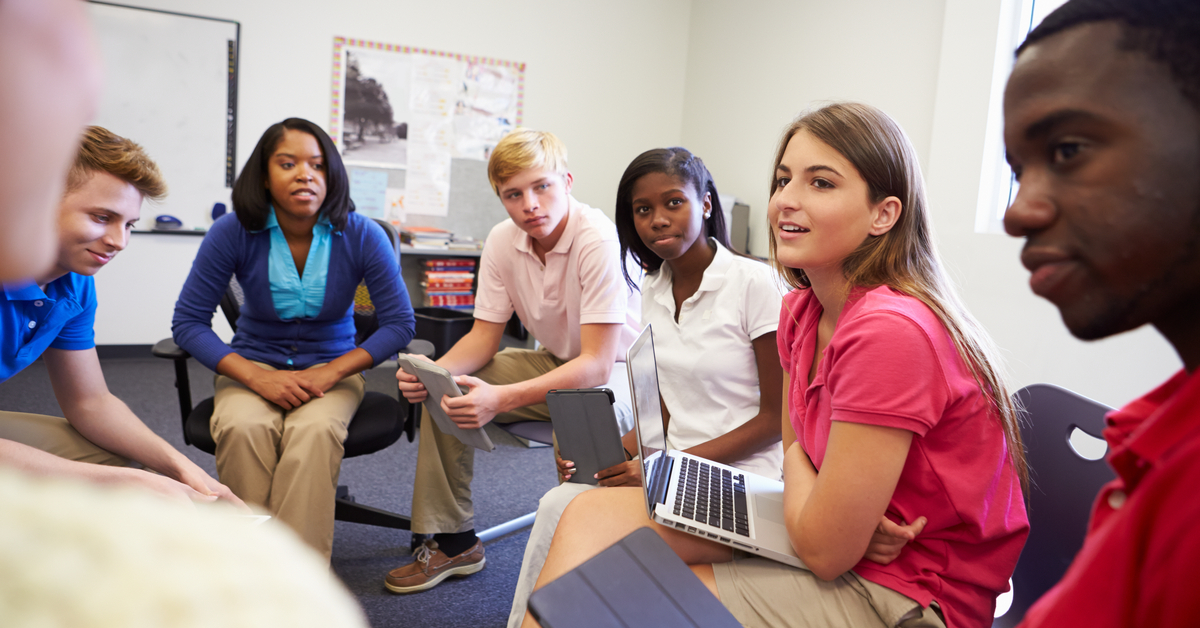The other day, I looked at the back of a box of cereal and saw a word search: Annie the bunny asking kids everywhere to hunt for “friendly words” … community, communicate, forgive, hug, share, cry, laugh … first, I smiled, but then my throat caught: are things really this bad?
Then, I got in my car, and heard another ad in a series by iHeartradio / NAMI / Child Mind Institute: this one was different from yesterday’s—which raised awareness about suicide hotlines. It encouraged listeners to practice talking about emotions and offered questions to ask someone who is struggling to help them find the words they need to tell you what’s going on. When I heard it, I didn’t smile. Yes, I thought—things are this bad.
The next day, I went to a conference where Thomas Friedman was a keynote speaker with a clear message: we live in an age of “dizzying acceleration” and need new coping strategies. Our collective mental health crisis is but one sign. His solution? Per the title of his most recent book: embrace your humanity—and be late. Specifically, he makes a case for us all to learn to be “fast (innovative…

